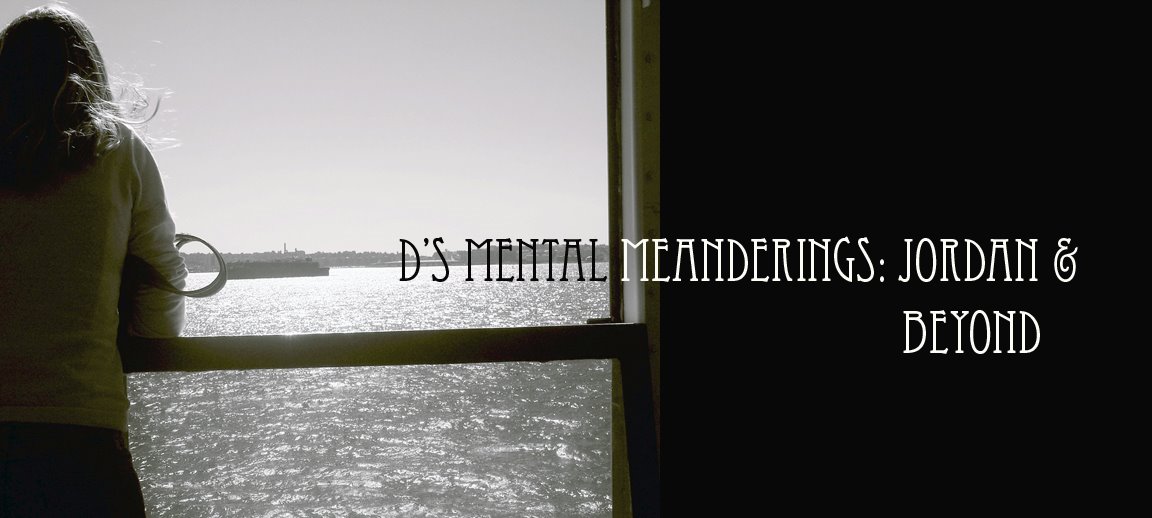May 27, 2009
By CAROL VOGEL
http://www.nytimes.com/2009/05/27/arts/design/27louv.html?_r=1&8dpc
The public on Tuesday got its first peek at some of the art that will fill the Louvre Abu Dhabi, the 260,000-square-foot museum designed by the French architect Jean Nouvel and expected to open in the capital city of the United Arab Emirates by 2013.
At a ceremony to commemorate the beginning of construction, President Nicolas Sarkozy of France and the crown prince of Abu Dhabi, Sheik Mohammed bin Zayed al-Nahyan, officially opened an exhibition at the Emirates Palace hotel that includes 19 works of art bought over the last 18 months for the Louvre Abu Dhabi, as well as loans from the French national museums.
Acquired for what is being billed as the first universal museum in the Middle East, the works range from a Greek ceramic figure from around 520 B.C. to two 1862 canvases by Edouard Manet.
“By its very nature this museum will cover many cultures and many civilizations from the ancient to the present time,” the crown prince said in a telephone interview. “We have historic relations with our friends in France which are extending to the cultural side.” The collaboration, he added, will “help educate our people” in the building and running of such cultural institutions.
Under a two-year-old agreement, Abu Dhabi will pay France $555 million for the use of the Louvre’s name, as well as for art loans, special exhibitions and management advice. Securing the Louvre’s involvement and brand name was a crucial step in the emirates’ plan to build a $27 billion tourist and cultural development on Saadiyat Island, off the city’s coast. The project’s cultural components also include a Guggenheim Abu Dhabi, a maritime museum, a performing arts center, hotels, golf courses, marinas.
With an acquisitions budget of more than $56 million a year, a team of curators from the French museums have worked full time deciding how to shape the Louvre Abu Dhabi collection.
“There are specialists in every field who are aware of the market,” said Laurence des Cars, the curatorial director of the Agence France-Muséums, a French public organization set up to oversee the project.
The curators are not out to create a mini-Louvre but rather a new museum melding two cultures and two traditions.
“We want this to be a collection of masterpieces that make sense together, that have soul and that will form a dialogue with different civilizations,” Ms. des Cars said. Once the museum opens, the curators will also organize four special exhibitions a year for the next 15 years that will include loans from French museums and institutions all over the world.
Among the acquisitions that are part of “Talking Art: Louvre Abu Dhabi,” on view in the capital through July 2, are a standing bodhisattva from the second to third century A.D.; a Chinese white marble head of Buddha from the Northern Qi Dynasty, A.D. 550-577; and a 16th-century polychrome painted copper ewer from Venice. There are also works on Christian religious themes, including a Bellini “Madonna and Child” from the 1480s and a 16th-century sculpture of Jesus from Bavaria or Austria.
Areas like African art have yet to be represented, Ms. des Cars said, although they will be included later. In the meantime the curators have borrowed objects like a 19th-century wood Tsonga headrest from Zambia and a wooden stool from Benin, both on loan from the Musée du Quai Branly.
Paintings that have been bought for the Louvre Abu Dhabi include a canvas by Jean-François de Troy, “Esther Fainting Before Ahaseurus,” from 1730, and the two Manets — “The Bohemian” and “Still Life With Bag and Garlic” — which were originally part of a larger canvas.
“In 1867, after a critical flop when it was shown in Paris, Manet cut up the painting,” Ms. des Cars said, and it became three paintings, one of which, “Boy With Pitcher,” is in the permanent collection of the Art Institute of Chicago. The other two canvases disappeared and were found only recently.
“We had an opportunity to buy them from the Wildenstein gallery,” she said. They are being shown along with an etching by the artist, “Les Gitanos,” also from 1862, which shows the paintings’ original composition and is on loan from the Bibilothèque Nationale de France.
The curators also bought two works from the sale of art and objects belonging to Yves Saint Laurent and his partner, Pierre Bergé, at Christie’s in Paris in February: an African-style stool from the 1920s for $640,000 and Mondrian’s “Composition With Blue, Red, Yellow and Black,” from 1922, for $29.4 million.
Eventually, Ms. des Cars said, “all civilizations and cultures will be represented” at the new museum. But for now, she added, what is on view in this exhibition illustrates the curators’ mission.
“There is a big sculpture of Christ facing the head of a Buddha and a 14th-century Koran,” she said. “It’s the perfect symbol of our universal spirit.”
27 May 2009
Subscribe to:
Post Comments (Atom)



No comments:
Post a Comment